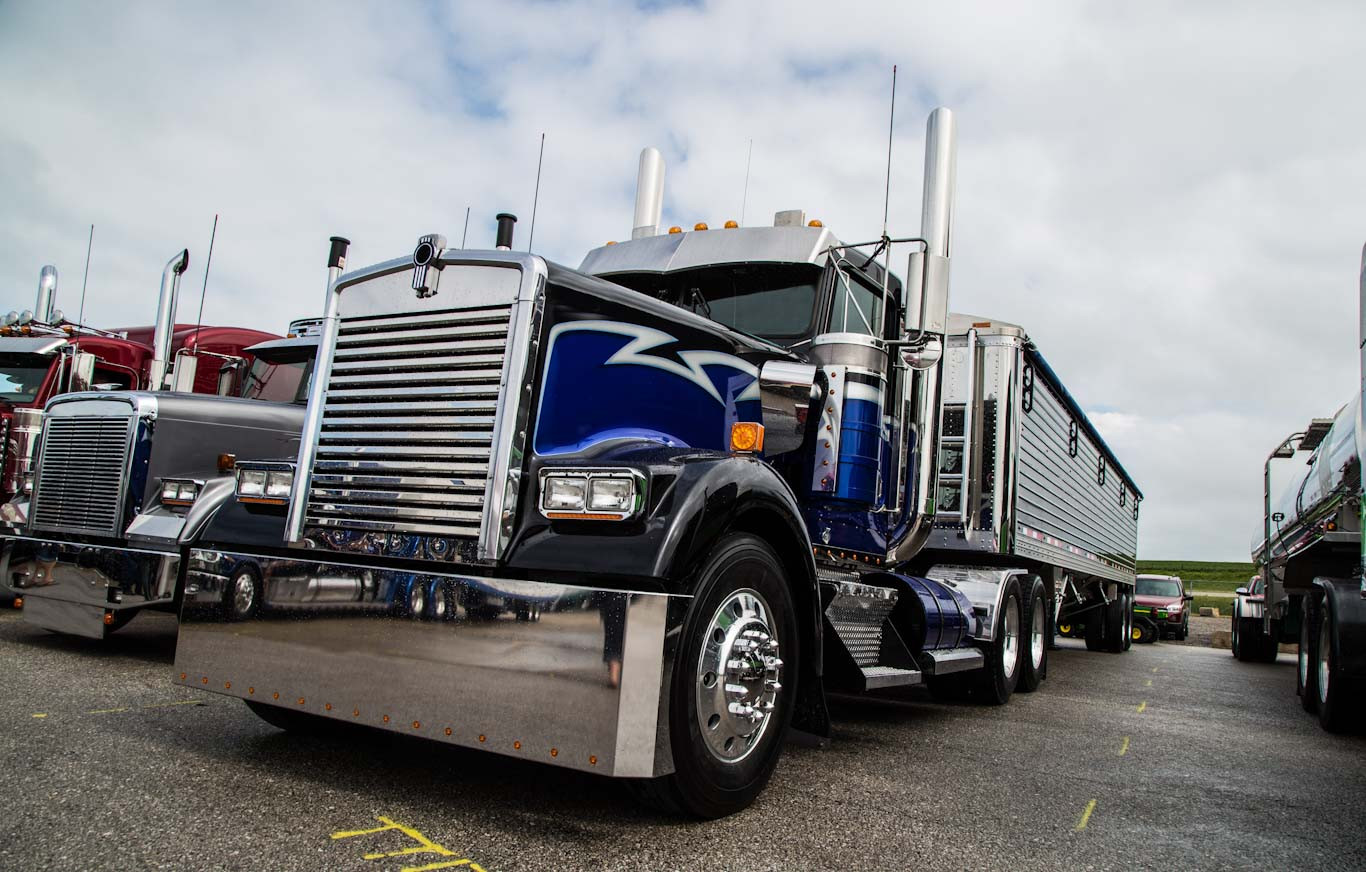DOT Inspections Explained: Levels, FMCSA Out-of-Service Criteria, and How to Pass
Oct 02, 2025 in Tips and TricksIf you’re a truck driver or own a commercial trucking business, you’ve probably heard of DOT inspections. But what do they really involve? Who sets the rules? And how can you prepare so your truck — and your business — stays on the road?
This guide breaks down the DOT inspection checklist, explains the FMCSA Out-of-Service (OOS) Criteria, and walks you through the Level 1 inspection procedure step by step.
What Is the CVSA?
The Commercial Vehicle Safety Alliance (CVSA) is a nonprofit organization that unites local, state, provincial, territorial, and federal commercial vehicle safety officials with the trucking industry. Its mission is to improve safety and standardize inspections across North America.
When you’re pulled over for a DOT safety inspection, the procedures followed are based on standards set by the CVSA.
FMCSA Out-of-Service Criteria: Why Trucks Get Parked
The Federal Motor Carrier Safety Administration (FMCSA), working with CVSA, sets the Out-of-Service (OOS) Criteria. These rules define when a vehicle or driver must be taken off the road due to unsafe conditions.
Examples of OOS violations include:
-
Critical mechanical issues such as faulty brakes, steering, or suspension.
-
Disqualifying driver conditions like expired CDL or missing medical certification.
-
Hazardous material violations that pose immediate risk.
If your truck or paperwork fails an inspection and meets OOS conditions, you cannot continue driving until the problem is fixed.
DOT Inspection Levels: I, II, and III
DOT inspections come in different levels. Here’s what each means:
Level I – North American Standard Inspection
-
The most comprehensive roadside inspection.
-
Full driver documentation review (CDL, medical card, logbooks, HOS records).
-
Complete vehicle inspection: brakes, tires, lights, steering, suspension, fuel system, and more.
-
Both driver and truck must pass to clear the inspection.
Level II – Walk-Around Driver/Vehicle Inspection
-
Less detailed than Level I.
-
Includes driver paperwork check and a visual walk-around inspection.
-
Inspector doesn’t go under the vehicle.
-
Focuses on visible safety items like tires, brakes, and cargo securement.
Level III – Driver-Only Inspection
-
Driver-focused only.
-
Checks CDL, medical card, HOS logs, seat belt usage, and required documents.
-
No physical truck inspection.
Level I DOT Inspection Checklist: Step-by-Step
The Level I inspection is the most thorough — and the one most drivers prepare for. CVSA uses a systematic 37-step process. After the driver portion (steps 1–12), the vehicle inspection checklist begins:
-
Inspect tractor front, sides, and saddle tank areas.
-
Check trailer front, sides, rear, and wheels.
-
Inspect steering axle and other axles (2, 3, 4, and 5 if present).
-
Verify brake adjustment and tractor protection system.
-
Test low-air warning device, brake pedal, and air-loss rate.
-
Check steering wheel free play and fifth wheel movement.
Once complete, the inspector will issue a report and determine whether the truck is safe to continue operating.
Tips to Pass Your DOT Inspection
A failed inspection can mean downtime, fines, and a damaged CSA score. Here’s how to stay ready:
-
✅ Perform daily pre-trip inspections — check brakes, tires, lights, and securement.
-
✅ Keep paperwork current — CDL, medical card, hours-of-service logs.
-
✅ Fix visible issues immediately — lights, reflective tape, and tires are quick inspection targets.
-
✅ Know the OOS criteria — understanding what will sideline your truck helps avoid surprises.
Why It Matters
DOT inspections protect everyone on the road and keep unsafe trucks from causing accidents. By staying compliant with CVSA inspection standards and FMCSA out-of-service rules, you’ll avoid costly delays and keep your business running smoothly.
However, violations and out-of-service orders from DOT inspections can have a serious impact beyond roadside downtime. They often lead to higher truck insurance premiums, as insurers view violations as an increased risk factor. Repeated issues — especially out-of-service events — can even result in policy cancellations or make it difficult to find affordable coverage at all. For owner-operators and small fleets, this can threaten the entire business.
???? Pro Tip
Many carriers schedule internal safety audits to catch violations before an officer does. If you’re an owner-operator, treat your pre-trip as your own Level 1 DOT inspection — it’s the best insurance against roadside surprises.



